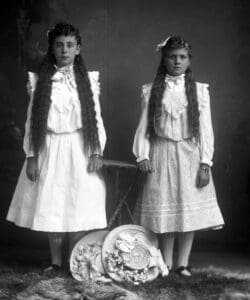
Specters on Glass: Studio Portraiture in Early 20th c. Placerville, Arts and Culture El Dorado’s latest exhibition at Switchboard Gallery, opened Thursday, August 22, and runs through Sunday, October 6. There was an Opening Reception in the Gallery, located at 525 Main Street, on Thursday, August 22 from 6:00 pm to 8:00 pm. A collaboration between Arts and Culture El Dorado, the El Dorado County Historical Museum, and the Placerville News Company, Specters on Glass features portraits taken at a photography studio on Main Street Placerville in the early 20th century. The collection is a broad sampling of local citizenry captured on glass dry plate negatives, and sits firmly at the intersection of histories of place and histories of technology.
The portraits in this exhibition are drawn from a trove of thousands of images captured by photographer George W. Potter of the City Photograph Gallery circa 1905. The glass plate negatives were discovered in the upper stories of the Inch Building on Placerville’s Main Street by the late George Duffey, a member of the Meader family. The Meader family has owned the Placerville News Company, located on the ground floor of the Inch Building, for four generations.
After discovering the photographs, George Duffey donated them to the El Dorado Historical Museum, which has stewarded the collection for the last 30 years. Specters on Glass will be the first public exhibition of these images.
“The El Dorado County Historical Museum's historical photograph collection numbers over 27,000 and include images of people, places and events in the El Dorado County's history,” says El Dorado Historical Museum Administrator Mary Cory. “By focusing on this particular collection, we are able to see the people who populated Placerville and the surrounding areas over 100 years ago, and maybe get a glimpse into what life might have been like.”
The portraits in Specters on Glass offer a rare perspective of Placerville’s early history. Many of the images depict loving relationships between friends, family members, and even pets. Some of the photographs display incredible tenderness, while others are stiff and inscrutable, but they all work together to allow the viewer to acquaint themselves with those who came before, to feel as if they are personally interacting with a specter from Placerville’s past.
“I'm really enamored of all the images we see in this collection,” says Curator Marya Osucha. “These images feel very intimate. They feature people in an interior setting, many without the accoutrements they would wear on the street, together with their family members—it feels even more revealing that in we had a photo of them standing in front of their house, or visiting a shop on Main Street.”
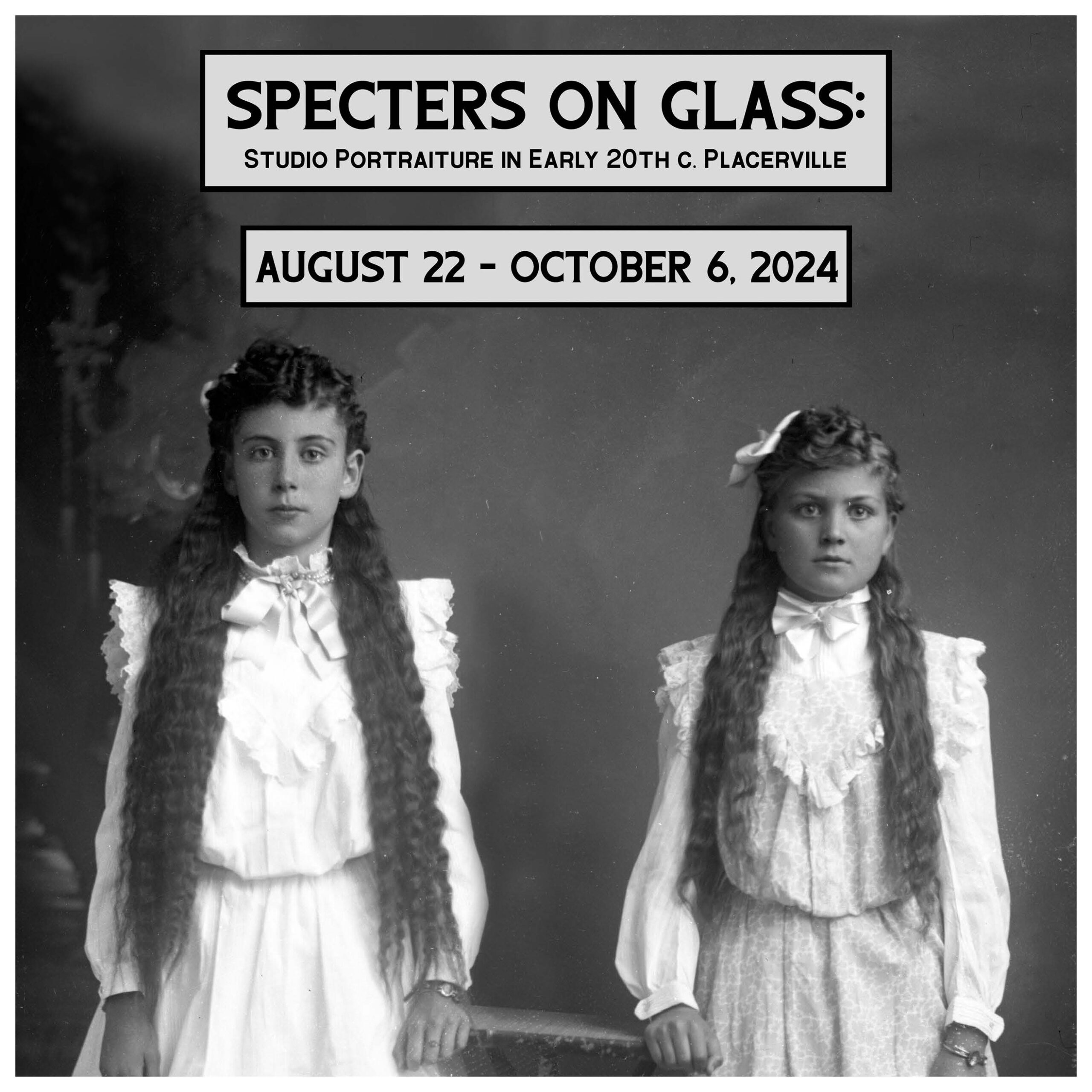

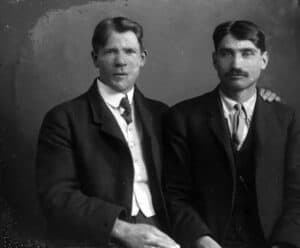
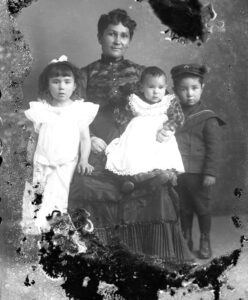


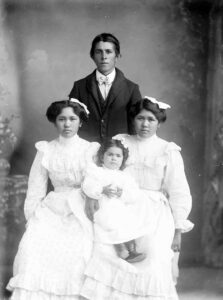

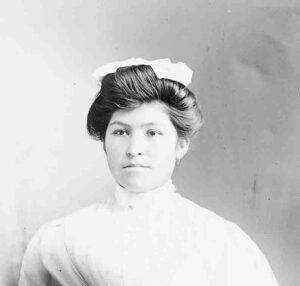
![11600 Block Mr. E [2 Women & A Baby] 12.06 copy 11600 Block Mr. E [2 Women & A Baby] 12.06 copy](https://artsandcultureeldorado.org/wp-content/uploads/2024/10/11600-Block-Mr.-E-2-Women-A-Baby-12.06-copy-241x300.jpg)
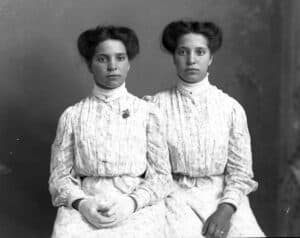



![11664 Cerri [Bro.] copy 11664 Cerri [Bro.] copy](https://artsandcultureeldorado.org/wp-content/uploads/2024/10/11664-Cerri-Bro.-copy-200x300.jpg)



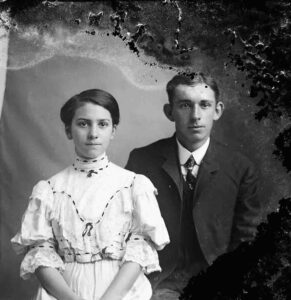

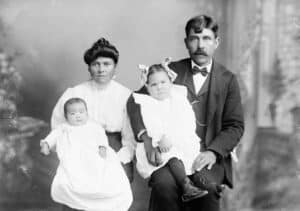

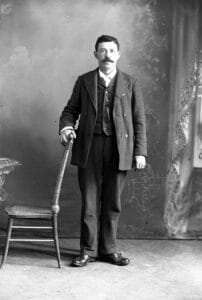

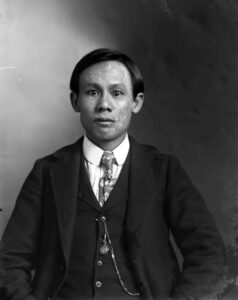

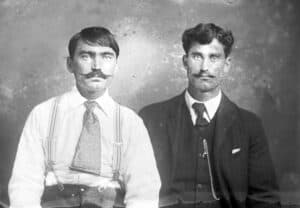



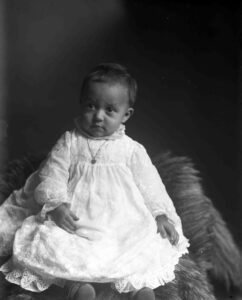


![11850 Frazer Chas [3 men] copy 11850 Frazer Chas [3 men] copy](https://artsandcultureeldorado.org/wp-content/uploads/2024/10/11850-Frazer-Chas-3-men-copy-300x201.jpg)
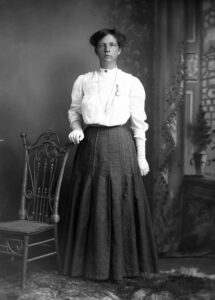


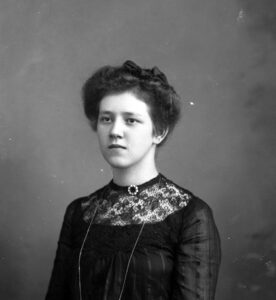

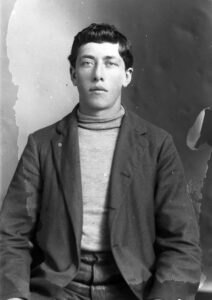


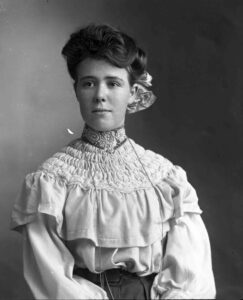

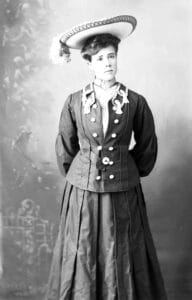


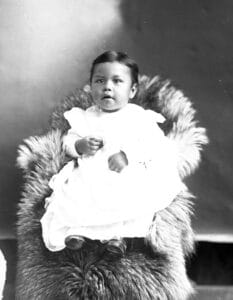
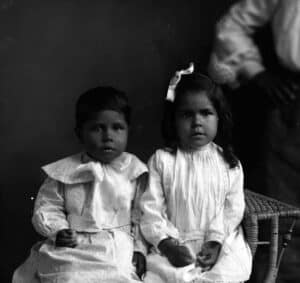

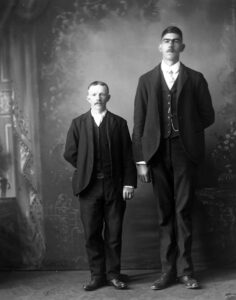

![12127 Marxavo [Baby] copy 12127 Marxavo [Baby] copy](https://artsandcultureeldorado.org/wp-content/uploads/2024/10/12127-Marxavo-Baby-copy-300x274.jpg)
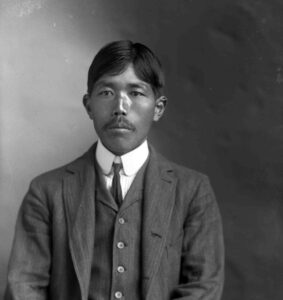
![12162 Meader Mrs. J. [Boy] copy 12162 Meader Mrs. J. [Boy] copy](https://artsandcultureeldorado.org/wp-content/uploads/2024/10/12162-Meader-Mrs.-J.-Boy-copy-254x300.jpg)

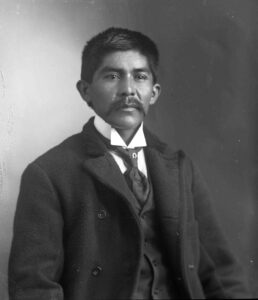
![12237 Nye James [2 Children] copy 12237 Nye James [2 Children] copy](https://artsandcultureeldorado.org/wp-content/uploads/2024/10/12237-Nye-James-2-Children-copy-235x300.jpg)
![12298 Potter [Two Kids] copy 12298 Potter [Two Kids] copy](https://artsandcultureeldorado.org/wp-content/uploads/2024/10/12298-Potter-Two-Kids-copy-300x248.jpg)

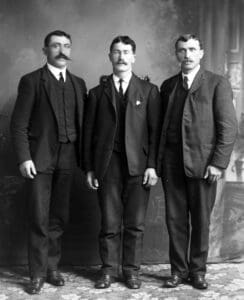
![12327 Raffeto [Baby] copy 12327 Raffeto [Baby] copy](https://artsandcultureeldorado.org/wp-content/uploads/2024/10/12327-Raffeto-Baby-copy-268x300.jpg)



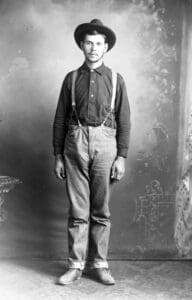


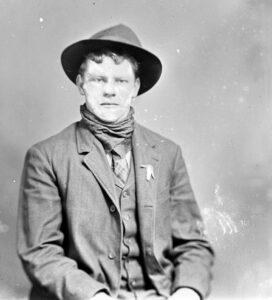
![12509 Sutton J.W. [Dog] copy 12509 Sutton J.W. [Dog] copy](https://artsandcultureeldorado.org/wp-content/uploads/2024/10/12509-Sutton-J.W.-Dog-copy-227x300.jpg)

